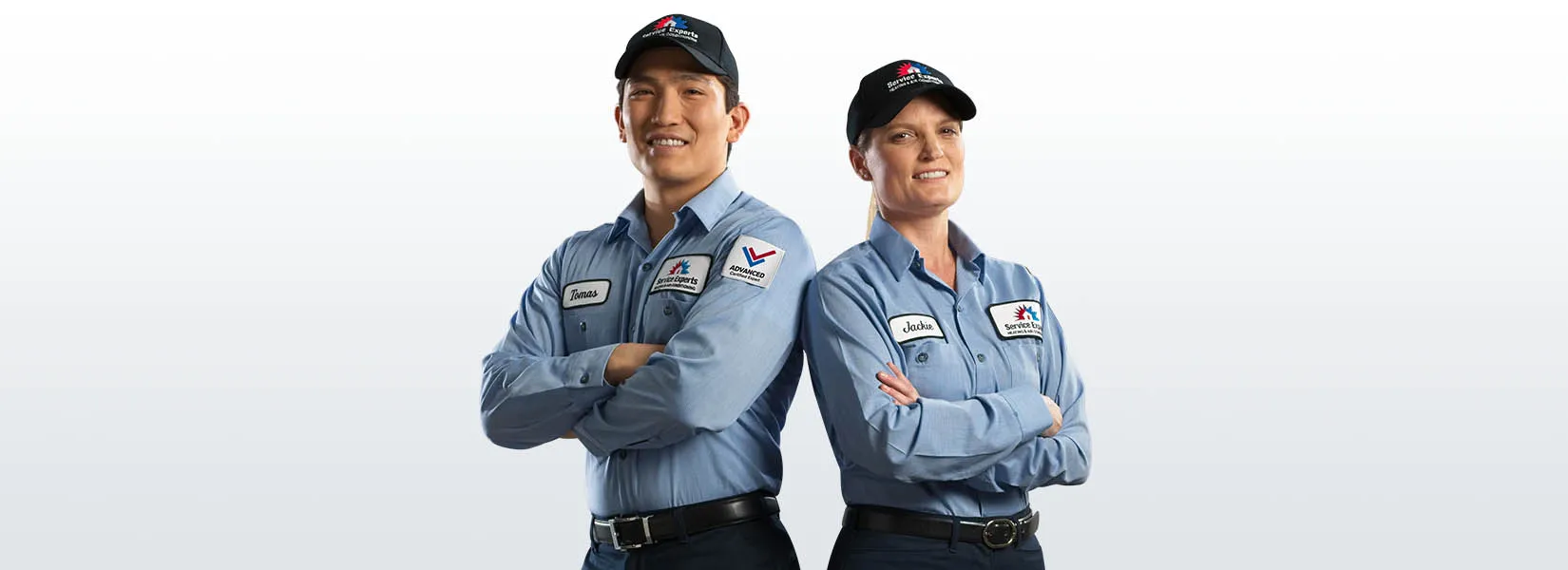Prepping Your Home’s HVAC Equipment for Storms
It feels like storm season is every season. Spring brings rain storms and tornadoes, while summer starts the hurricane season. By the time the Atlantic hurricane season ends in November, snowstorms are upon the north. The well-being of your family during perilous storms should absolutely take priority. But even as the winds die down and the rain dries up, you still need to make sure that your home and family remain unharmed. Check out these recommendations for preparing your home’s cooling and heating equipment for storm season.
Attach Your AC
Your outside AC equipment should be positioned on a concrete pad and properly fastened to prevent the equipment from being thrown in the air or washing away over the course of a storm. If you reside in a climate that generates hurricanes, it may be necessary to fasten your AC with hurricane straps to keep the system safe from high winds. Ask your expert technician about anchoring your home’s air conditioner during your Precision Tune-up.
Stop the Surge
You can’t literally avoid the surge that often happens during a storm, but you can shield your heating and cooling equipment from it. Install a high-quality surge protector where any large appliances, a furnace for example, are plugged into a standard wall outlet, to automatically shut off your heating system if there’s a spike in the line voltage. This will help safeguard the electrical components in your HVAC equipment that the power surge could hurt. Remember to never touch any electrical components, and seek professional help if you are not accustomed to using surge protectors properly.
Provide Cover
You and your family need to find shelter first and foremost, but if time allows, shut down your heating and air conditioning system and cover the outside system with a tarp. Prior to turning your equipment back on after the storm, make sure you remove the tarp and remove any debris.
This, Too, Shall Pass
When the storm has passed, be sure the system is safe before turning on your HVAC system. To get started, make sure there are no indications of damage and remove any debris surrounding the equipment. Try to examine and make sure there is no visible harm to any of the refrigerant or electrical lines running from your air conditioning system. Call 780-474-1481 for an equipment inspection if seems like there is any damage or flooding to the air conditioning. Once you’ve had the equipment checked by a professional to ensure safe function, turn the HVAC system back on immediately to help dry the home and restrict mold from getting into your system or ductwork.
If your system has had any damage, check out these recommendations on What To Do If Your Air Conditioning System Experiences Flooding or Hail Damage and then call McKinley Heating Service Experts and ask about our membership options to help keep your heating and cooling system in working order through all the seasons.

